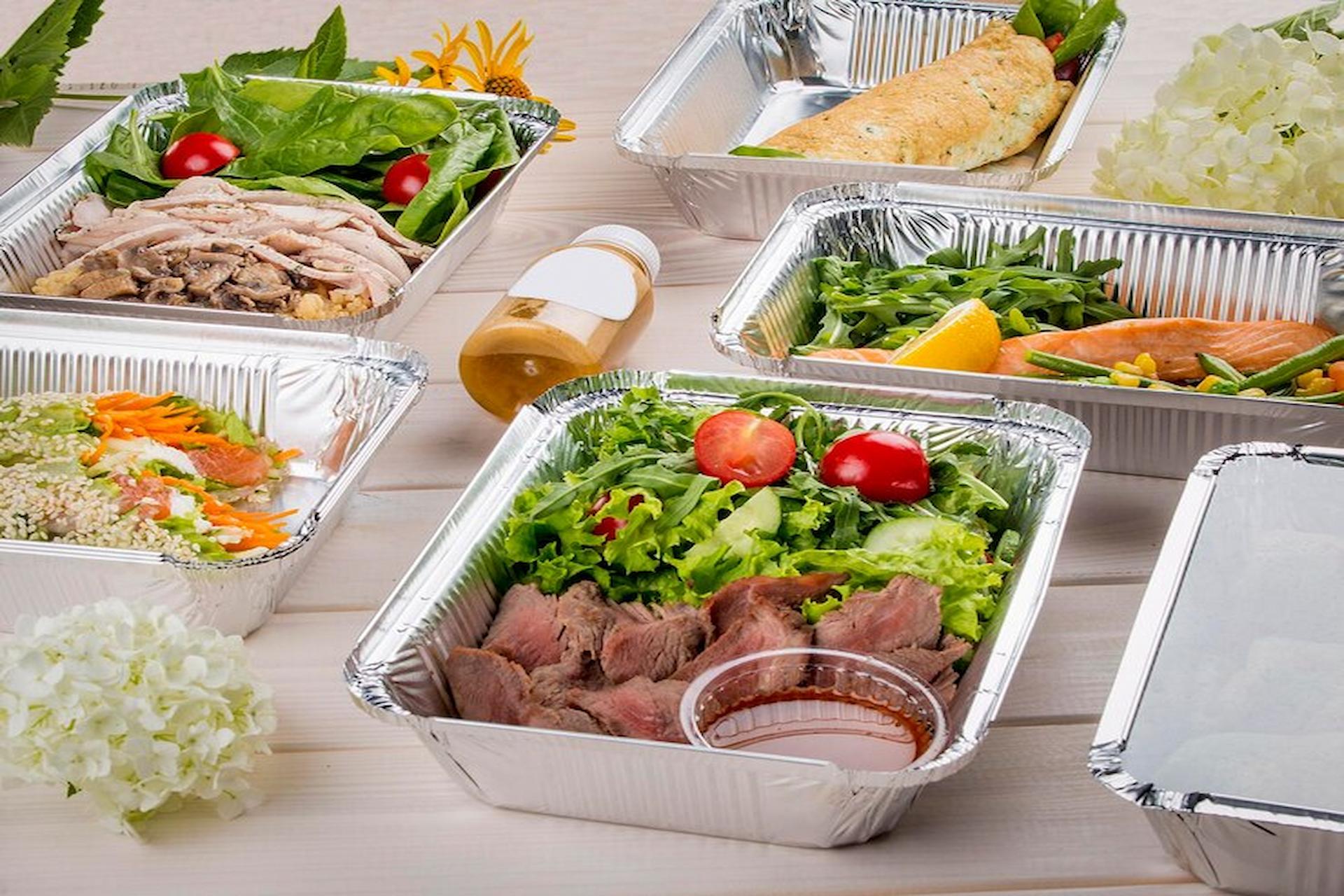
In today’s fast-paced world, takeaway food has become a staple for many consumers. Whether grabbing lunch on a busy workday or ordering dinner for a cosy night in, the convenience of takeaway food is undeniable. However, the environmental impact of the packaging used for these meals is a growing concern. From plastic containers to Styrofoam boxes, the accumulation of waste poses significant challenges to our planet’s health.
Fortunately, there is a rising tide of awareness and action within the food industry. Restaurants, cafes, and food delivery services increasingly adopt eco-friendly takeaway packaging solutions to reduce their environmental footprint. In this blog post, we’ll explore the importance of sustainable packaging, discuss various eco-friendly options available to restaurants, delve into practical implementation strategies, and highlight the benefits of making this shift. By the end, you’ll understand how restaurants can play a pivotal role in promoting environmental stewardship by choosing takeaway food packaging.
The Importance of Sustainable Takeaway Food Packaging
Sustainable takeaway food packaging goes beyond just being a trend; it’s a critical component of responsible business practices in the modern era. The environmental impact of traditional packaging materials like plastic and polystyrene foam is well-documented. These materials contribute to landfill waste and pose risks to wildlife and ecosystems through pollution and microplastic contamination.
By opting for eco-friendly packaging, restaurants can significantly reduce their carbon footprint and contribute to a healthier planet. Sustainable materials are typically biodegradable, compostable, or recyclable, ensuring they break down quickly and don’t linger in the environment for centuries. Moreover, consumers increasingly favour businesses committed to sustainability, making eco-friendly packaging a valuable marketing and brand differentiation tool for restaurants.
Eco-Friendly Takeaway Packaging Options
- Biodegradable Materials: Materials such as plant-based plastics (PLA), bagasse (sugarcane pulp), and paper products sourced from sustainably managed forests are excellent alternatives to traditional plastics. PLA, for example, is derived from renewable resources like corn starch and breaks down more readily in composting conditions than petroleum-based plastics.
- Compostable Packaging: Compostable packaging is designed to degrade into natural components in a compost environment, leaving no toxic residues behind. It’s an excellent option for restaurants looking to minimise waste and support local composting initiatives. Compostable materials include compostable plastics and packaging made from plant fibres like bamboo or palm leaves.
- Reusable Containers: Some restaurants are exploring using reusable containers for takeaway food. Customers can return these containers after use, and restaurants sanitise them for reuse. While this approach requires logistical coordination, it significantly reduces single-use packaging waste and can appeal to environmentally conscious consumers.
- Recyclable Packaging: Choosing packaging materials that are widely accepted in recycling programs can help close the waste management loop. Materials such as cardboard, paperboard, and certain plastics are recyclable and can be given a new life through recycling.
Practical Implementation Strategies
Shifting towards environmentally sustainable takeaway packaging necessitates meticulous planning and execution within professional frameworks. Here are essential strategies for restaurants to consider:
- Supplier Collaboration: Work closely with packaging suppliers specialising in eco-friendly materials. Ensure that the materials meet sustainability certifications and are sourced responsibly.
- Menu Adaptation: Evaluate your menu to optimise packaging needs. To minimise waste, consider redesigning dishes more compatible with sustainable packaging options.
- Educating Staff and Customers: Train your staff on the importance of eco-friendly packaging and proper disposal methods. Educate customers about your sustainability initiatives and encourage them to reduce waste by choosing eco-friendly options.
- Cost Considerations: While eco-friendly packaging may initially seem more expensive than traditional options, consider the long-term benefits and cost savings, including potential marketing advantages and reduced waste disposal fees.
Benefits of Adopting Eco-Friendly Packaging
The shift to eco-friendly takeaway packaging offers numerous benefits to restaurants:
- Enhanced Brand Reputation: Demonstrating a commitment to sustainability can attract environmentally conscious consumers who prefer businesses that align with their values.
- Regulatory Compliance: As governments worldwide implement stricter regulations on plastic waste, restaurants that proactively adopt eco-friendly practices are better positioned to comply with future legislation.
- Reduced Environmental Impact: By choosing materials that degrade more quickly and are less harmful to ecosystems, restaurants contribute to reducing environmental pollution and preserving natural resources.
- Operational Efficiency: Streamlining packaging processes and optimising waste management can lead to operational efficiencies and potential cost savings over time.
In conclusion, adopting eco-friendly takeaway food packaging is a moral imperative and a strategic business decision for restaurants. By choosing sustainable materials, restaurants can mitigate their environmental impact, appeal to eco-conscious consumers, and differentiate themselves in a competitive market. While the transition may involve initial challenges, the long-term benefits outweigh the costs, including enhanced brand reputation, regulatory compliance, and operational efficiency.
As consumer awareness of environmental issues grows, so will the demand for sustainable practices across all industries, including food service. Restaurants that embrace eco-friendly takeaway packaging today are investing in a greener future and securing their relevance and resilience in an increasingly conscientious market landscape.
By taking proactive steps towards sustainability, restaurants can lead by example and inspire positive change within their communities and beyond. We can build a more sustainable food industry—one takeaway container at a time.
